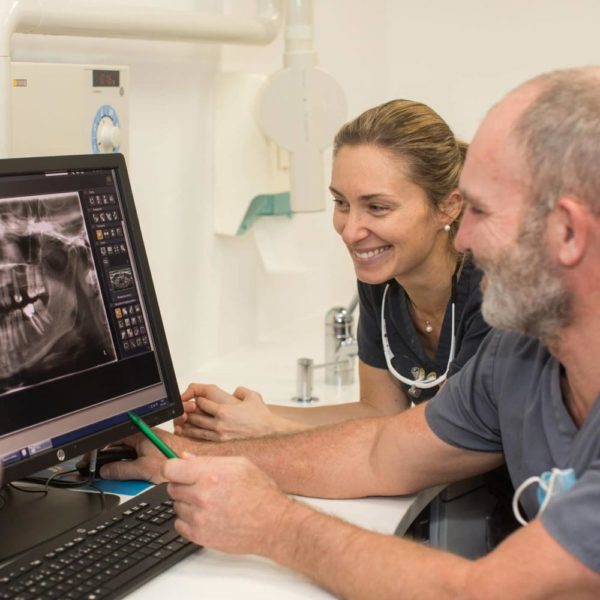Your comfort
3D Cone Beam CT (CBCT) radiography
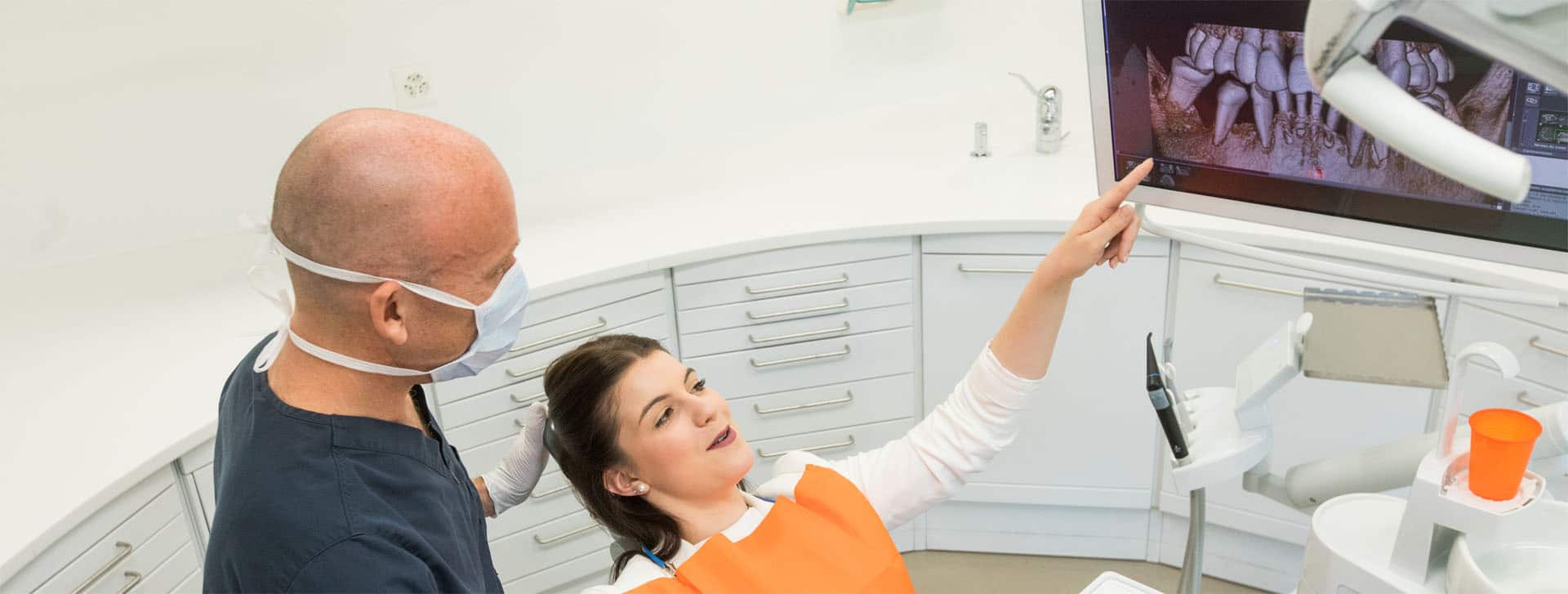
3D imaging has become an indispensable complementary examination for dentistry, both in diagnostic terms and for high-quality therapeutic follow-up.
Cone Beam CT (CBCT) is a new technology in radiology located at the interface of panoramic radiography (2D) and CT-scan (3D). It is a particular type of X-ray device that generates three-dimensional images of dental structures, and more generally of soft and hard tissues in the craniofacial region.
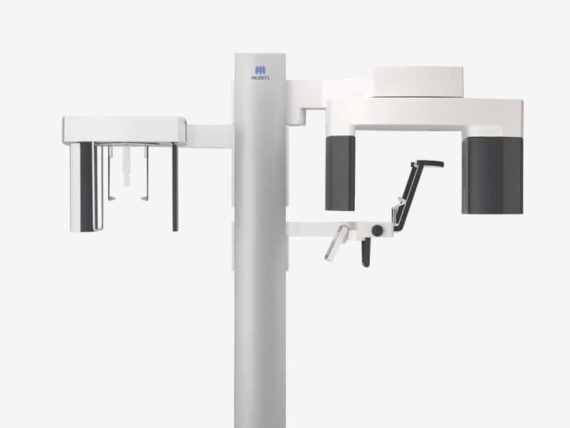
Our device (Veraview x800, Morita) offers the option of precisely selecting the radiation exposure field, features an automated dose reduction function and child-friendly settings. All these functions enable us to effectively reduce the dose of radiation received and thus optimize your protection.
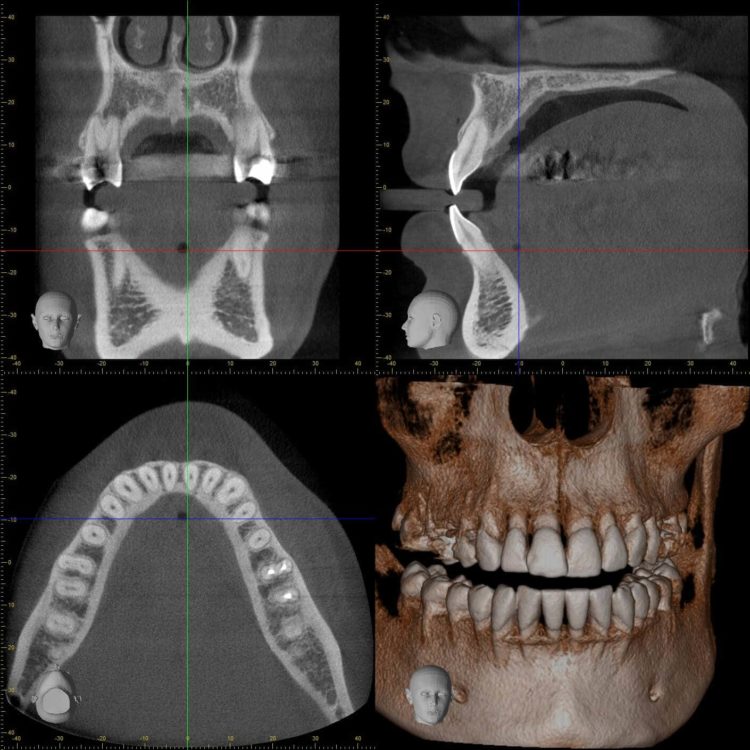
When to use it
CBCT (also known as computed tomography, CT) is not an imaging procedure to be performed as a first resort. In the vast majority of situations, conventional two-dimensional radiology enables us to make a diagnosis and propose appropriate treatment. It’s only when conventional radiology doesn’t provide us with enough information that 3D imaging is performed.
.
Thus, beyond obtaining more precise volumetric images, it above all enables us to offer you the best treatment.
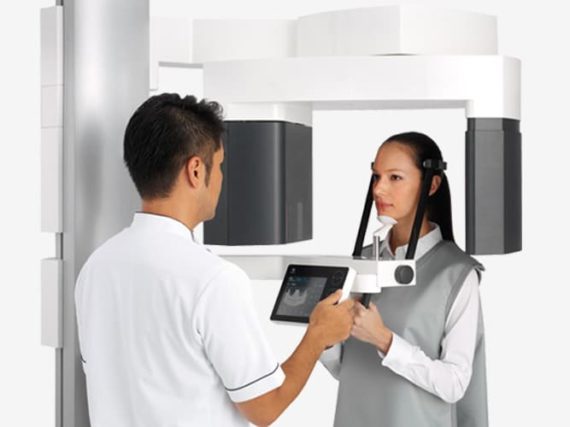
How does the exam work?
The CBCT is located in the practice itself and can be used on the same day as your consultation if the indication has been given by the dentist.
We will ask you to remove – for the time of the x-ray only – any metal objects such as jewelry, glasses, dentures, piercings if possible, hairpins etc. that might be in the x-ray field, as these could alter the images (artifacts) and interfere with the reading of your x-rays.
This X-ray is totally painless and suitable for claustrophobic conditions. The device is located in a spacious, glass-enclosed room, through which you'll never take your eyes off the practitioner and his assistant, and can maintain visual communication.
The examination lasts just a few minutes, during which you will be asked to remain seated or standing, but motionless.
The machine rotates around your face for a few seconds, and you will hear beeps indicating the progress of the examination.
The advantage of this radiography is that it requires no prior preparation, ingestion or injection of contrast media.
Pregnant women are invited to inform us of their pregnancy. We will limit ourselves to the essential 2D examination and postpone the 3D CBCT examination until after the birth.
